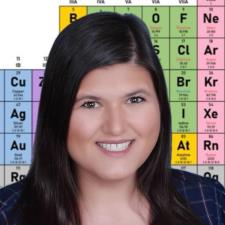
Anthony H. answered • 04/08/21
PhD Chemist and Former Teacher with 10 years experience tutoring
This is a really good question. So when trying to distinguish whether a solution is in equilibrium you need to evaluate what is happening in the beaker. In the case of dissolving NaCl for example. When NaCl is put into water it dissociates into Na+ and Cl- ions. And if you keep adding salt, more and more ions will go into solution until the solution reaches "Saturation" once the solution reaches saturation no more Na or Cl ions will be able dissolve into solution. At this point there is no amount of NaCl that you can add into the water to make it be more concentrated (at the given temperature). This would mean that the solution is at an equilibrium when the solution itself is saturated because the maximum amount of dissociation that is possible has been achieved.
Hope this helps, let me know if this is confusing!




